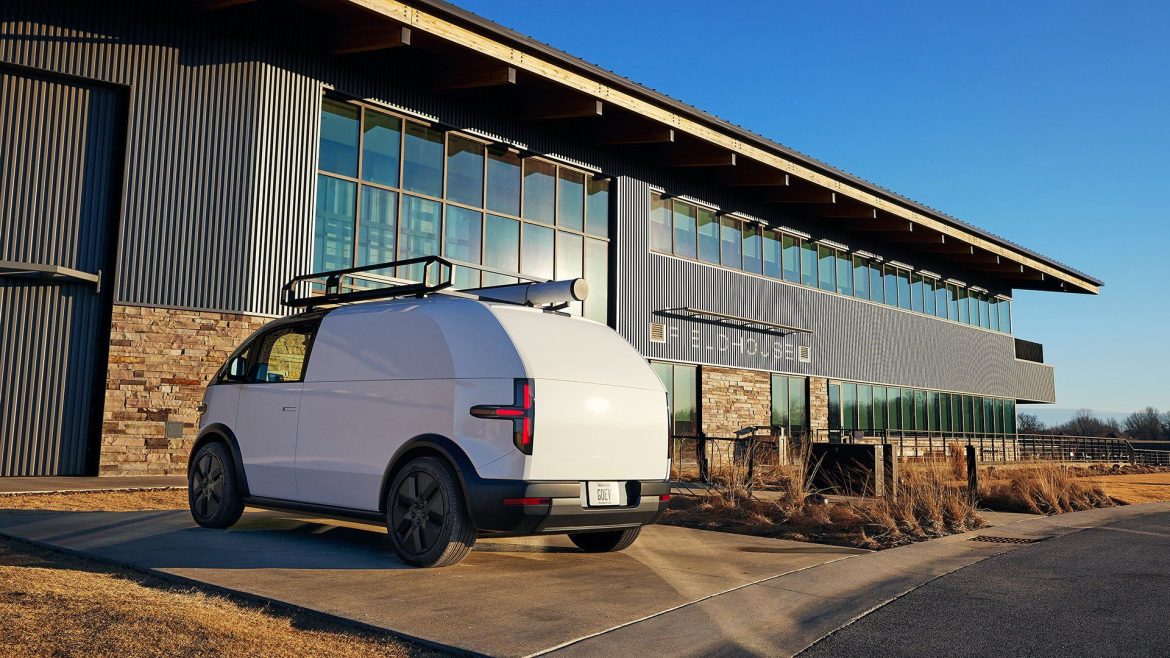Many electric vehicle companies are at a significant risk of going bankrupt, joining other popular brands like Fisker Automotive and Lordstown Motors that went bankrupt recently.
Rivian, the popular Amazon-backed EV company, has only remained in business because of a recent investment by Volkswagen Group, the popular German firm. Its cash and short-term investments peaked at over $18.2 billion and stood at over $7.8 billion in the last financial results.
Rivian has boosted its balance sheet by issuing $1.5 billion in convertible debt offering in 2023 and $1.3 billion in the same year. In June, Volkswagen announced a $5 billion investment in Rivian as its cash burn continued.
Rivian is not the only EV company that is surviving because of its wealthier backers. Lucid Group, a company that sells luxury sedans, has raised billions of dollars from Saudi Arabia’s Public Investment Fund (PIF). It raised $3 billion from the fund last year and another $1 billion earlier this year in a private placement.
Mullen Automotive (MULN), Canoo (GOEV), and Faraday Future (FFIE) are some of the three companies that may file for bankruptcy as their cash burn continues and as their balance sheet remains under pressure.
Faraday Future | FFIE
Faraday Future is a top EV company that is building advanced luxury EVs that cater to the wealthy. Unlike Lucid, whose vehicles start for less than $100,000, Faraday’s FF 91 hypercar starts at $309,000, making it more expensive than some cars sold by the likes of Ferrari, Porsche, and Aston Martin.
Faraday Future’s key challenge will be how to sell these vehicles at a time when luxury EVs are depreciating at a faster rate than other brands. It is unclear whether demand for these vehicles exists.
Faraday’s new approach, to be unveiled later this month, will see it start partnering with other OEM companies, especially those in China. The goal is to provide these companies with its software for a fee.
The main reason why Faraday Future may go bankrupt like Fisker and Lordstown is that it has run out of cash. As you can see here in its financial results, it ended the quarter with just $793,000 in cash and $584,000 in restricted cash. It also has over $309 million in liabilities.
Therefore, it is hard to understand how a company that is making over $108 million in quarterly loss can continue with that balance sheet.
Mullen Automotive | MULN
The other EV company that could go bankrupt is Mullen Automotive, a company that has been ailing for a while.
Mullen’s market cap has crashed to $12 million as its stock fell by over 94% in the last three months. This decline is notable since Mullen acquired Coda Automotive in 2014 for $50 million, Electric Last Mile Solutions for $105 million, and Bollinger Motors for $148 million.
Mullen Automotive has started shipping its trucks. However, the most recent results exposed gaps in its business. The results showed that the company had made a net loss of over $326 million in the last quarter, a big improvement from the $806 million it made in the previous year. It spent $159 million during the quarter.
Notably, despite starting deliveries last year, the company did not report any revenue in the last quarter. Instead, it deferred the $16.8 million revenue until the invoices are paid, which is a big red flag.
Mullen ended the quarter with $3.5 million in cash and $414k in restricted cash. It has also secured $250 million in investments from investors. Still, even if it receives these funds, it will not be enough.
Canoo | GOEV
Canoo is another EV company that could go bankrupt, which explains why the stock has tumbled by 90% in the last 12 months.
Canoo operates in a unique place where it is seeing robust orders for its vehicles from companies like Walmart and USPS. Its vehicles makes a lot of sense, especially for last mile deliveries and as companies work to reduce their carbon footprint. This explains why Canoo has secured a backlog worth over $2 billion.
However, the biggest challenge is that Canoo is still burning cash. Its guidance is that its adjusted EBITDA will be between $120 million and $140 million in the second half of the year.
In line with this, the company ended the last quarter with over $4.5 million in cash and equivalents, $3.9 million in restricted cash, and $9.3 million in inventories. These numbers mean that the company will need to raise more cash to support its operations.
Canoo may decide to issue more shares, a move that will be dilutive to existing shareholders. It will also not be enough since the company has a market cap of over $112 million.
The post Mullen, Canoo, and Faraday Future: Next Fisker and Lordstown? appeared first on Invezz

